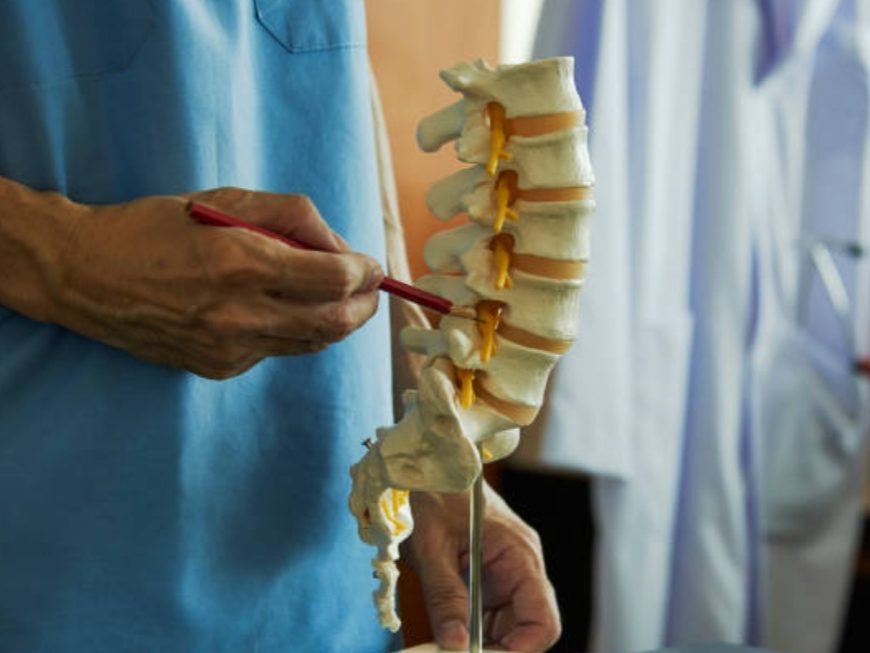Probability Tree
The Probability Tree is used by clinicians to solve complex diagnostic challenges. Such diagnostic dilemmas are typically complicated by the lack of clarity/focus during clinical investigation. The application of the strategy called ‘Decision Analysis’, described by Pauker and Kassirer (1) will help estimate the probability of all possible outcomes in a diagnostic challenge and select an optimal course of action. Let us consider data from the study … Continue reading Probability Tree
